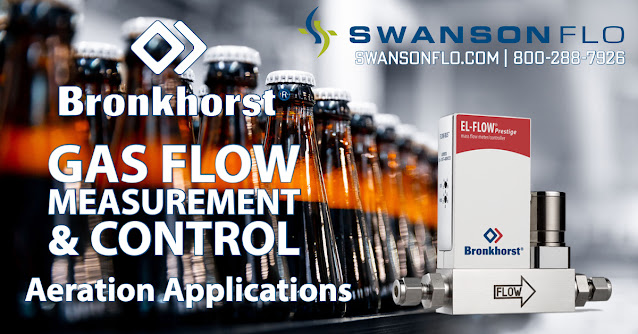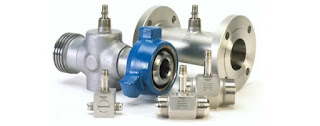Many processes include gas flow measurement and control. Gas flow meters are standard in laboratories, machinery, industry, hazardous areas, and various markets, including the analytical market, the chemical industry, renewable energy, the semiconductor industry, the food and beverage industry, and surface treatment.
Applications for Aeration
Aeration is when air, oxygen, carbon dioxide, or other gases circulate, mix, or dissolve in a liquid or substance.
Aeration applications are typical in food and beverage markets, wastewater treatment, fish tanks, and fish farms. Controlling oxygen levels in beer brewing and winemaking, for example, allows fermentation. Milk, sparkling water, and other carbonated beverages, such as cola require a throughflow of gases to remove odors or add CO2. Industrial gas flow control, similar to air pumps in a fish aquarium, is used to aerate ponds to grow fish or algae.
Gas Flow Aeration Markets:
- Winemaking and beer brewing
- Production of carbonated beverages
- Fermenters and bioreactors
- Treatment of wastewater
- Farms for fish and algae
Why Bronkhorst?
- Robustness
- High repeatability
- Easy to check actual gas flow
- Gas consumption monitoring
- Ingress protection class IP65 rugged and waterproof housing
Bronkhorst provides mass flow meters and controllers with capacities of up to 5000 ln/min Air equivalent. In aeration applications, up to 50% of MASS-STREAM flow measurement and control instruments include a multi-functional display that provides various additional options.
Bronkhorst is a company that specializes in gas flow measurement and control instruments.
For more information about Bronkhorst products in North Dakota, South Dakota and Minnesota contact Swanson Flo. Call 800-288-7926 or visit https://swansonflo.com.





